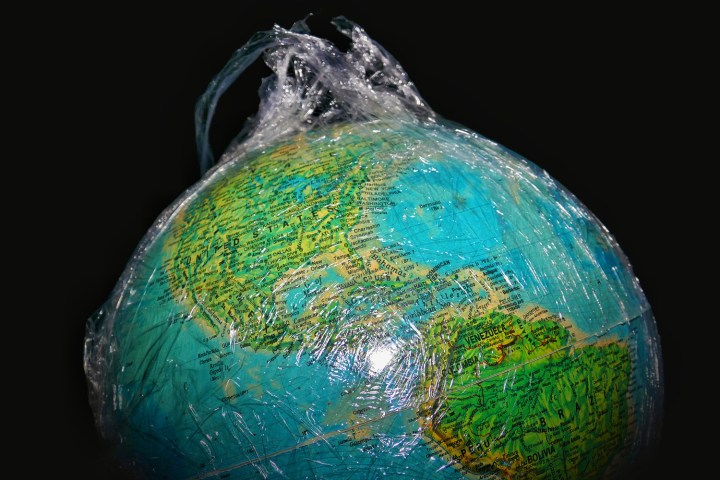
The concept of the technosphere was first coined by Duke University geologist Peter Haff a few years ago. Now, Haff and a team of international scientists led by researchers from the University of Leicester have made the first measurement of the man-made system, and it’s absolutely huge.
Measuring a system as massive and expansive as the technosphere isn’t easy. “We had to make generalized estimates to arrive at a global figure,” lead researcher and University of Leicester professor Jan Zalasiewicz told Digital Trends. Zalasiewicz and his team used published estimates on areas like cropland and pastureland, and made estimates of the thickness of the surface and modified ground underneath. “For instance,” he said, “for cities, geologists have mapped the ‘artificial ground’ that lies beneath, and these kinds of data have been used as a basis for a global estimate.”
The total measurement rounded out to some 30 trillion tons, or roughly 37 pounds per every square foot of Earth’s surface.
But the technosphere isn’t just dead weight atop the planet — it’s a functioning system with it’s own internal dynamics, which humans drive but don’t yet control.
“The technosphere interconnects with, and incorporates material from, all of the other ‘spheres’ of the Earth,” Zalasiewicz said. “A striking characteristic currently, in comparison with the biosphere, is its ability to recycle materials.” While the biosphere has refined its recycling over the course of billions of years, the technosphere hasn’t yet honed the practice.
“The biosphere … is almost perfect at recycling,” Zalasiewicz said, “while the technosphere is creating very large waste masses, and this … is currently significantly degrading the biosphere.”
In other words, the technosphere is contributing to pollution.
And it’s growing, according to the researchers who published a paper detailing their work in the journal The Anthroprocene Review.
“It’s evolution rate is far faster than that of the biosphere,” Zalasiewicz said. “If it can resolve problems such as the poor recycling rate, it may overcome its ‘growing pains’ to become a stable component within the Earth System as a whole… If not, then these problems may slow or stop its growth.”
Editors' Recommendations
- NASA’s Roman telescope could spot Earth-like planets
- How to use Google Earth’s Timelapse feature to view new 3D content
- Polar bears could disappear from most of the planet by 2100
- Global temperatures could reach the Paris Accords threshold soon
- What the solar minimum really means for life on Earth


